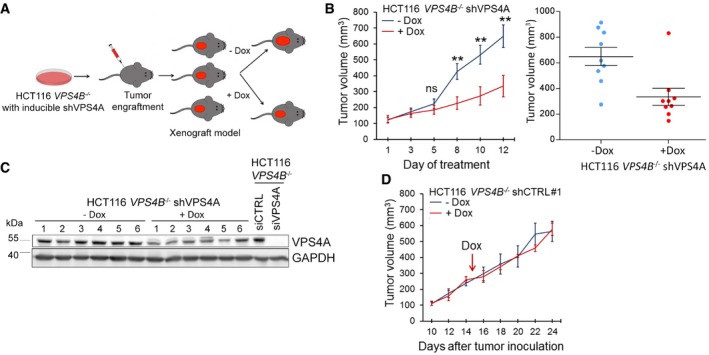Figure 3. Synthetic lethality between VPS4A and VPS4B inhibits growth of CRC cells in a mouse xenograft model.

-
ASchematic illustration of xenograft experiments with HCT116 VPS4B −/− cells having doxycycline (Dox)‐inducible expression of shRNA targeting VPS4A.
-
BLeft panel, growth of HCT116 VPS4B −/− shVPS4A cells as xenografts in mice in the presence or absence of doxycycline. Day 1 indicates the first day of doxycycline administration. n = 9 for each group, each mouse bearing one tumor, ± SEM. Two‐tailed unpaired t‐test; ns—non‐significant (P ≥ 0.05), **P < 0.01. Right panel, scatter plot representing end‐point volumes of single xenografts. Bars represent means ± SEM.
-
CImmunoblotting analysis of VPS4A abundance in xenograft samples from untreated and doxycycline‐treated mice (6 separate xenograft samples for each group). Lysates of HCT116 VPS4B −/− cells transfected with control or VPS4A‐targeting siRNA marked VPS4A protein detection. GAPDH served as a loading control.
-
DGrowth of HCT116 VPS4B −/− shCTRL#1 cells as xenografts in mice in the presence or absence of doxycycline. The arrow indicates the first day of doxycycline (Dox) administration. n = 2 mice for each group, each mouse bearing two tumors, ± SEM.
